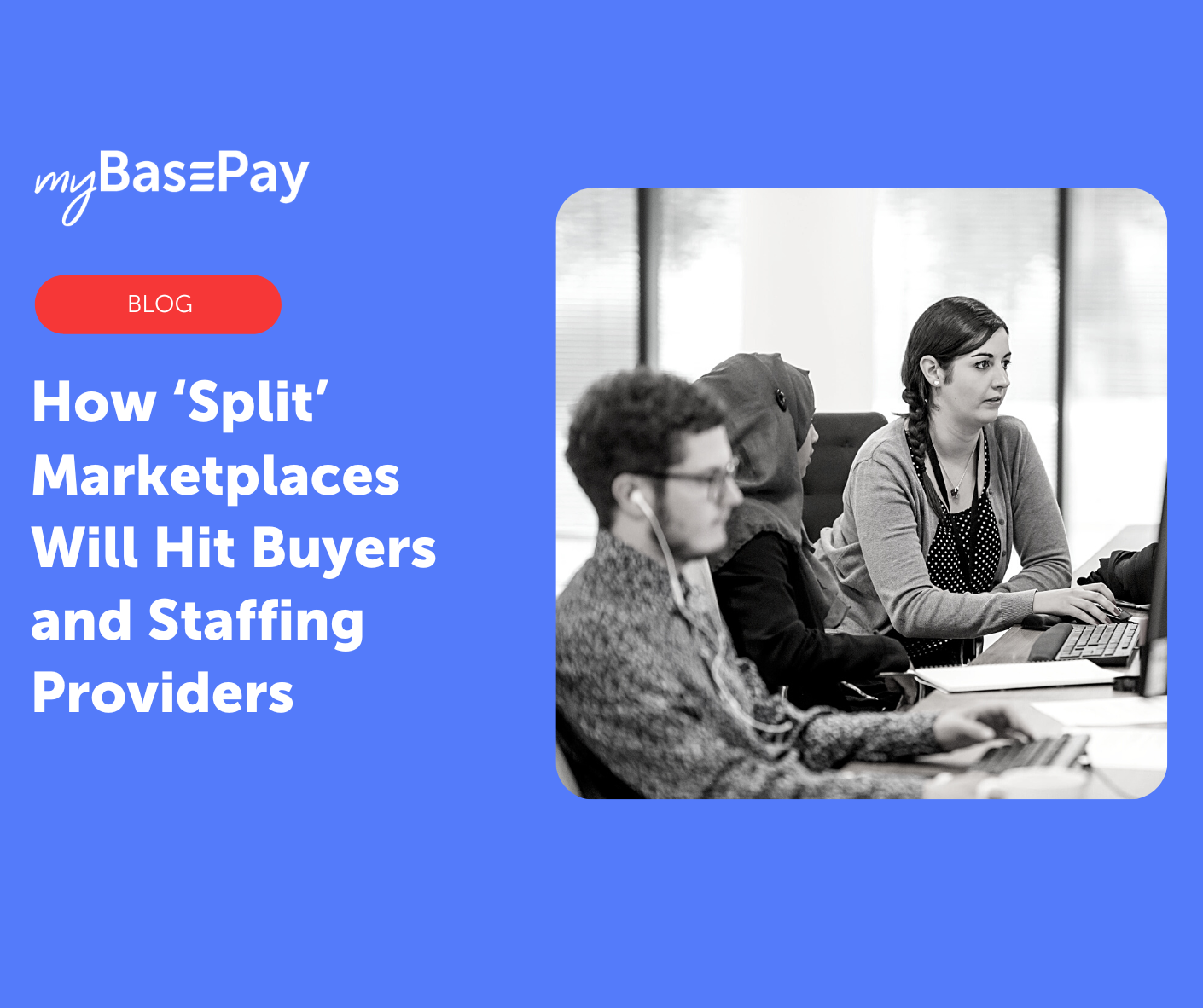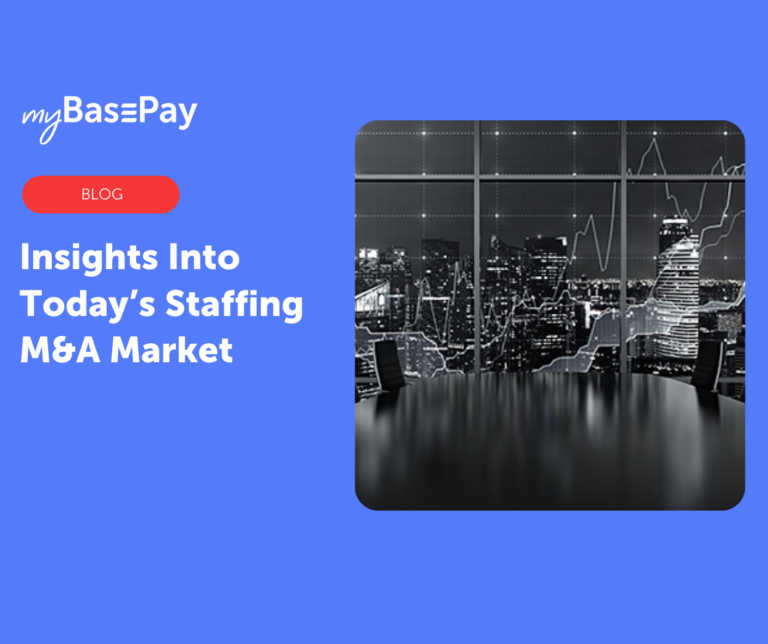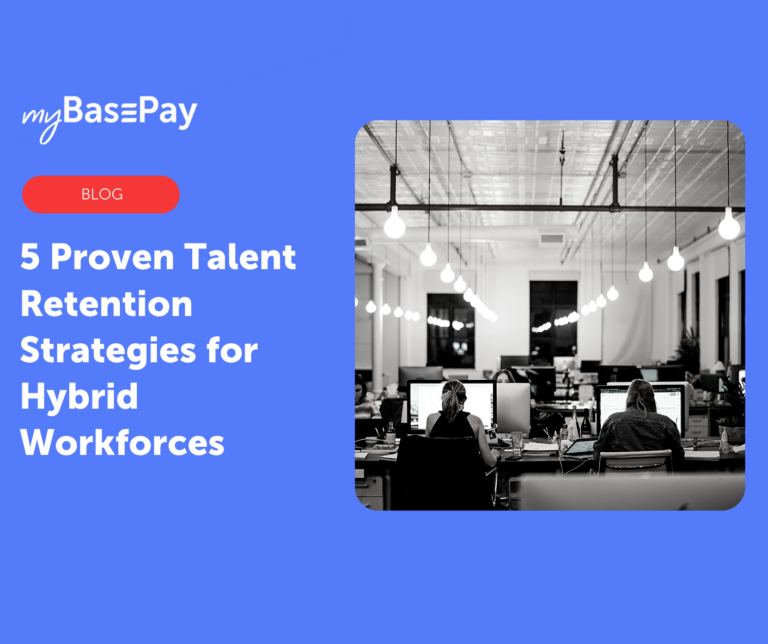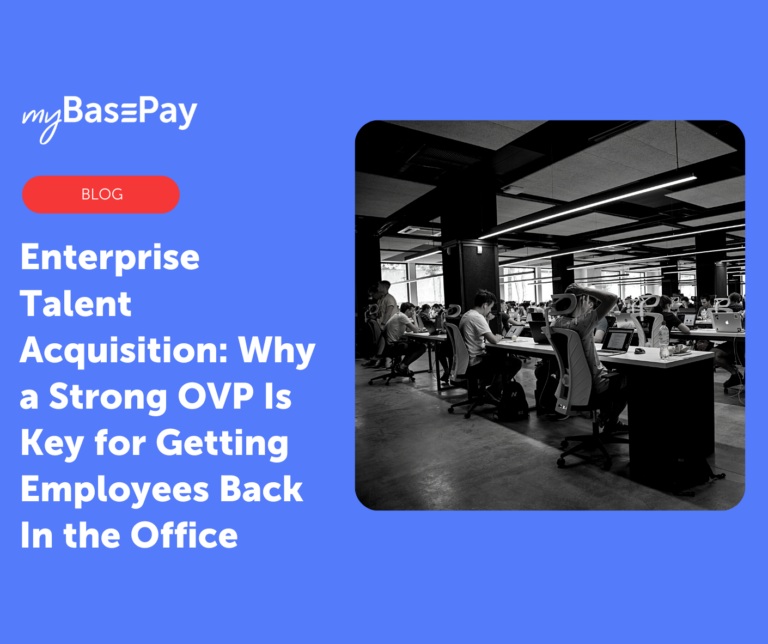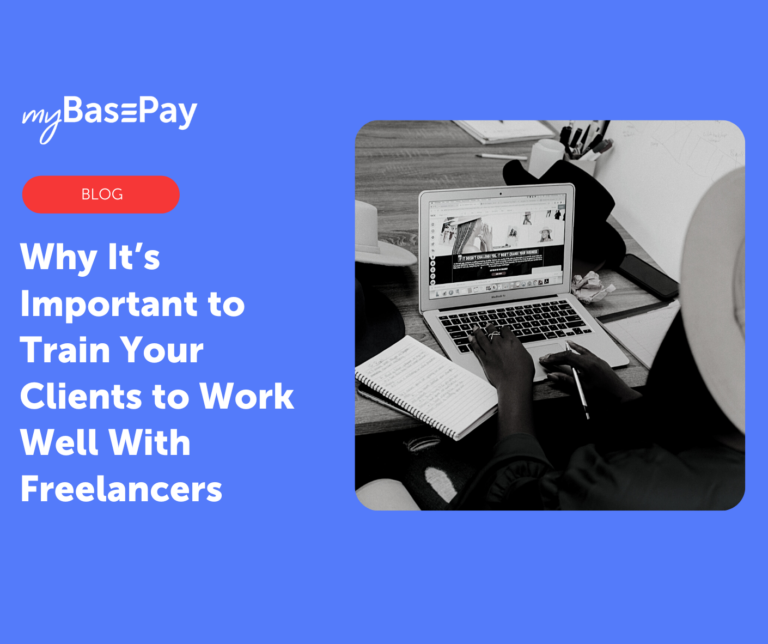How ‘Split’ Marketplaces Will Hit Buyers and Staffing Providers
There are many staffing models that may be used to help businesses fill job orders. From freelance marketplaces to more “traditional” staffing agencies that use targeted outreach to find talent to fill full-time positions, the right solution will typically vary based on the needs of the buyer and the position that they need to fill.
One less commonly discussed staffing model that buyers and staffing providers need to be aware of is a “split” marketplace or network. These arrangements are also known as “split fee recruiting” or “split placement” models.
While split marketplaces and recruiting models have been used for many years, they are still relatively less well understood. Here’s what buyers and staffing providers should understand about these systems.
How Does Split Recruiting Work?
Split recruiting occurs when an agreement exists between two staffing agencies (or even two independent recruiters) to work together to fill the position. One recruiter provides the job order, while the other provides the candidate to fill that position. By sharing their resources, so to speak, the two recruiters or agencies are able to complete a placement that they wouldn’t have been able to fill on their own.
The split recruiter who was supplied the job order is paid as they normally would be by the buyer. In some scenarios, the buyer isn’t even aware that their recruiter used a split staffing solution.
The agency or recruiter that provided the job order is then responsible for paying an equal share of the fee to the recruiter that provided the candidate. If the involved parties used a split fee recruiting network or marketplace, they will also need to pay a brokerage pay to the marketplace.
This solution is especially popular with independent recruiters, who often lack the budget for advertising or business development investments. Split recruiting marketplaces allow recruiters to provide either job orders or candidates to achieve successful placements. These boards may be used for either full-time or contractor positions.
However, each board has its own standards and requirements for submitting a candidate or job requisition — and many boards require that recruiters pay a variety of fees before they even start earning money from placements. There is the potential for such marketplaces to streamline a recruiter’s work, but they can also become an additional operational expense.
Generally speaking, split recruiting isn’t the “first choice” for a staffing provider. But there are several situations when it may become necessary to ensure they can fill a buyer’s job order. The alternative is that they are unable to fill that job requisition at all.
This hurts the staffing provider’s relationship with the buyer and results in lost profits. It also hurts the buyer due to lost productivity from not being able to fill the position.
Common Scenarios When Split Recruiting Is Used
There are several scenarios in which a recruiter or staffing agency might be compelled to use a split marketplace. Perhaps the most obvious scenario is when a client provides you with a job order that falls outside your area of expertise.
This is more likely to occur with a client that you have successfully worked with for some time. They trust you to deliver quality results based on your success rate with past job orders.
However, a lack of experience or knowledge could leave you unable to fill the order on your own — even when you don’t want to turn it down. In this scenario, split recruiting essentially allows recruiters or agencies to partner with a staffing provider that does have the right connections to find the right candidate for the job.
This can also apply when a buyer has very specific requests for the type of candidate they want to fill an open position. This often occurs when a buyer wants to source candidates from a specific geographic area — sometimes even from another country. If a staffing provider doesn’t have any candidates from the right geographic area, they may need to partner with another provider who has a stronger local network.
Another common issue is when a staffing provider receives more job orders than they can currently work. While scaling the business and growing the agency’s team of recruiters can alleviate this problem, this often requires a fair amount of time in and of itself. Until the provider is able to grow your staff to accommodate the growing workload, they will have to turn down job orders.
In this scenario, split staffing essentially allows overburdened staffing providers to outsource part of their work. They send the job specifications to another provider and have them source the candidates for the position. The staffing provider that originally received the job requisition still presents the candidates to the buyer, but the “partner” agency or recruiter does all the hard work of sourcing.
This also works in reverse. A staffing provider could have a large stable of qualified candidates for their particular niche, but for whatever reason, not have enough job orders. As a result, candidates are essentially “waiting around” to fill open positions. Staffing providers in this scenario could benefit from a split marketplace by offering these candidates to other recruiters who need help finding top talent to fill open job orders.
Is Split Recruiting Right for Your Needs?
For buyers and staffing providers, there are potential pros and cons to using split marketplaces. Filling job requisitions faster could allow your business to take on more work and scale more efficiently, increasing profits. But while a a split placement model can sometimes make it easier to fill certain job orders, staffing providers have the potential for lower profits due to splitting the fee with another recruiter or agency.
Alternatively, these costs could be passed on to buyers with higher fees — though this isn’t necessarily ideal for buyers, either. Too high of fees could cause buyers to switch to a different staffing provider altogether.
Because of this, both buyers and staffing providers must carefully consider if a split marketplace is truly necessary for filling open job requisitions. When done right, this model can improve the time to fill openings and even help staffing agencies scale their operations, benefitting all involved. Assess your needs and capabilities to determine which solutions will be best.
Author: Cesar Jimenez, myBasePay CEO
Cesar A. Jimenez is an entrepreneur, investor, and military veteran with over 25 years of staffing industry expertise successfully leading technology staffing organizations. His expertise in the IT industry allows him to use his experience as a thought leader for talent acquisition, staffing, IT, and recruitment technologies with a passion for contingent workforce solutions. Cesar has held various leadership roles for both a global staffing organization and technology solutions companies. This expertise has enabled him to develop alternative workforce models that provide the agility for organizations to be competitive in today’s marketplace. In his spare time, he enjoys spending time with hisfamily, working out, and coaching high school baseball players.
